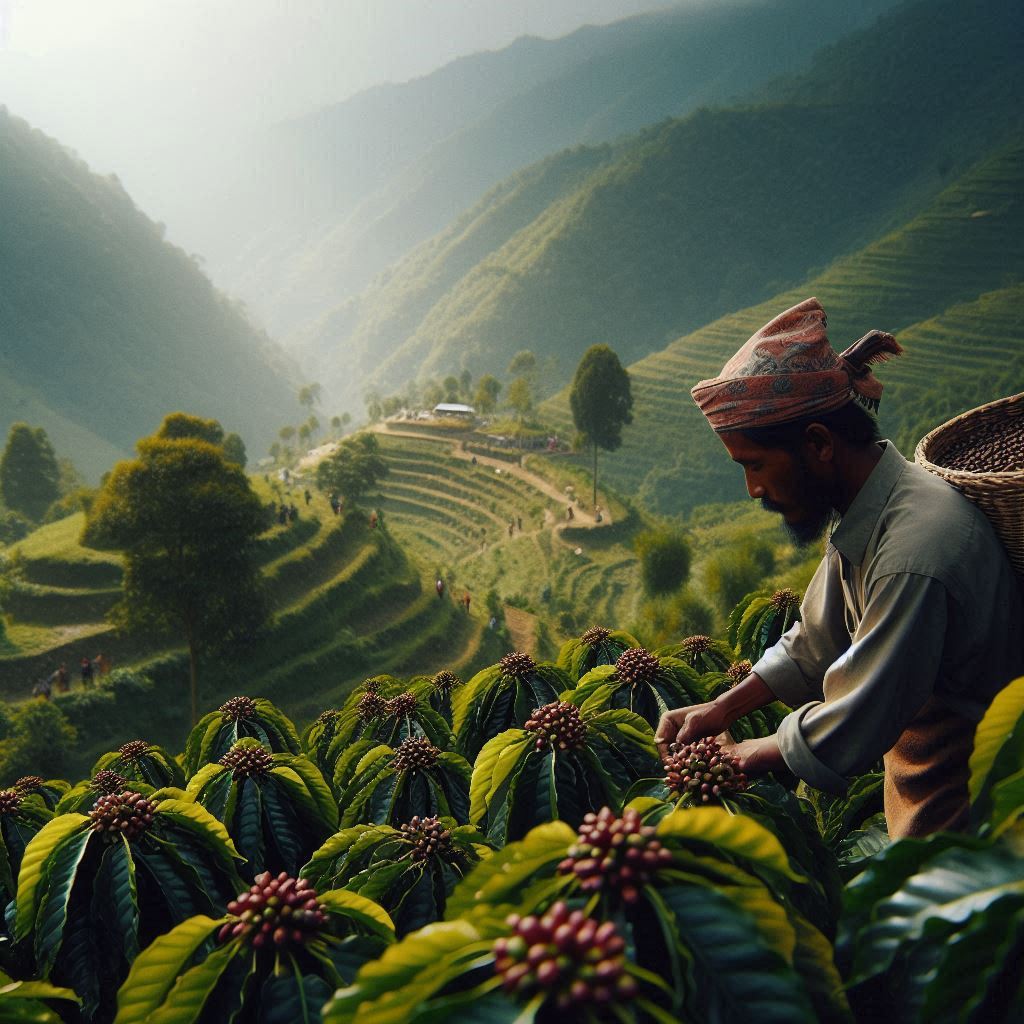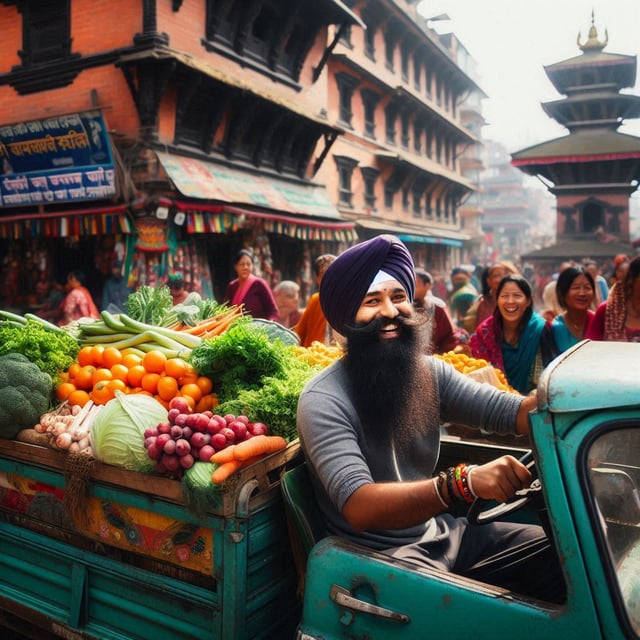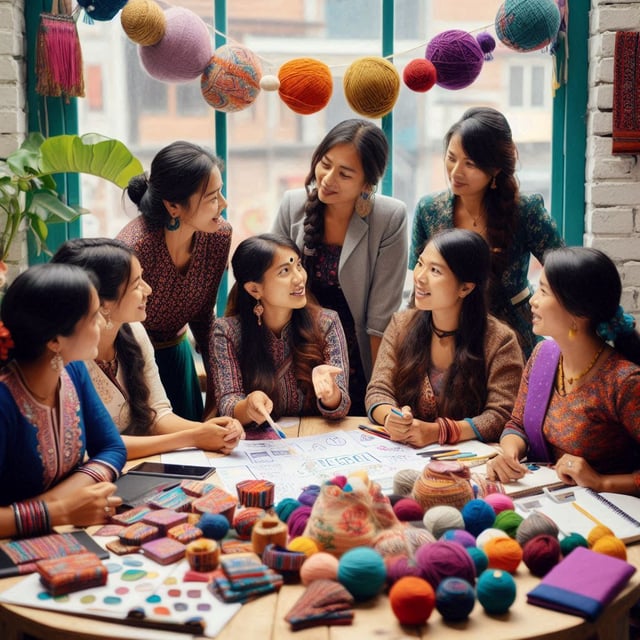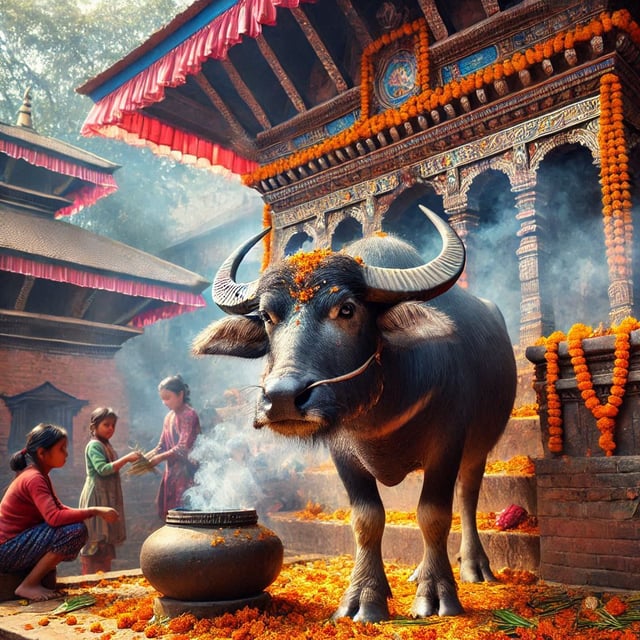A Cup of Nepali Coffee

Coffee was discovered by a goat herder in Kaffa, Ethiopia, a mountainous region similar to that found in Nepal.
In 1938 AD a hermit Hira Giri brought seeds of Coffee from the Sindhu Province of Myanmar and planted them in the Aapchaur of Gulmi District for the first time in Nepal.
The crop remained unnoticed till the 1970s. In mid-1983/84, Nepal Coffee Company (NeCCo) in Manigram, Rupandehi district allowed coffee producers to sell coffee, a short and simple history of coffee plantations in Nepal.
The creation of Himalayan Java Coffee started in 1999/2000 and grew Nepal’s coffee culture into a premium market. Nepal started its Coffee policy in 2004 and organic certification with the Nepal Coffee logo was started by the Department of Industry in 2010.
In 2014, the Coffee Research Center was established in Baletaksar, Gulmi. The story started with Gulmi and spread all over Nepal and coffee culture continued to boom in Nepal.
Gulmi exported one-ton coffee to Korea through the Coffee Producers’ Cooperative of Gulmi. Himalayan Organic Coffee is sold in Australia and Coffee of Nepal in Japan is produced in Sindhupalchowk which is a rural mountainous district.
In Nepal, 80% of coffee produced can be categorized as specialty-grade coffee.
Coffee has been helping create jobs and improve foreign reserves as a large portion of coffee produced in Nepal gets exported.
In Chaturmaidanda, Nalang Siddhalek Rural Municipality was uninhabited and destroyed as it lacked water for irrigation. At an investment of Rs. 80 million, the place has been transformed into a coffee farm and resort by Dinanath Regmi, Himalayan Ontop Organic Coffee Estate Private Limited, Chaturmaidanda with 52,000 coffee saplings- he has earned an income of 18,000.
Many domestic and foreign tourists come and stay at night and take a tour around the farm. There are 17 residential employees and workers at the farm and resort.
In Nepal, there are 6,346 coffee farms, in which 1.2 million hectares of land- 820,364 hectares moderately suitable, 402,646 hectares suitable, and 61,228 hectares highly suitable for coffee cultivation in Nepal.
Himalayan Java opened its outlet in the US in 2016, then another outlet in Omaha, Toronto making it an international brand of Nepal.
Coffee can lower the chance of Type 2 diabetes, heart disease liver and endometrial cancers, Parkinson’s disease, and depression. It is also argued that quitting caffeine can improve sleep, lower blood pressure, less anxiety, relieve headaches, improve nutrition, weight loss, improve hormone balance, healthier teeth, and improve digestion.
Nepal has long been seen as a tea-drinking country but it is slowly transforming itself into a Western, it feels that coffee is trendy and gives a caffeine boost to get some work done. While there aren’t a lot of places suitable for tea cultivation coffee is becoming a growing area for Nepali farmers and is contributing to making Nepal prosperous by exporting coffee.
Author
Kripendra Amatya
Editor
Dana Moyal Kolevzon, Director of International Relations, Nepa~laya Productions
Published Date
January 1, 1970



